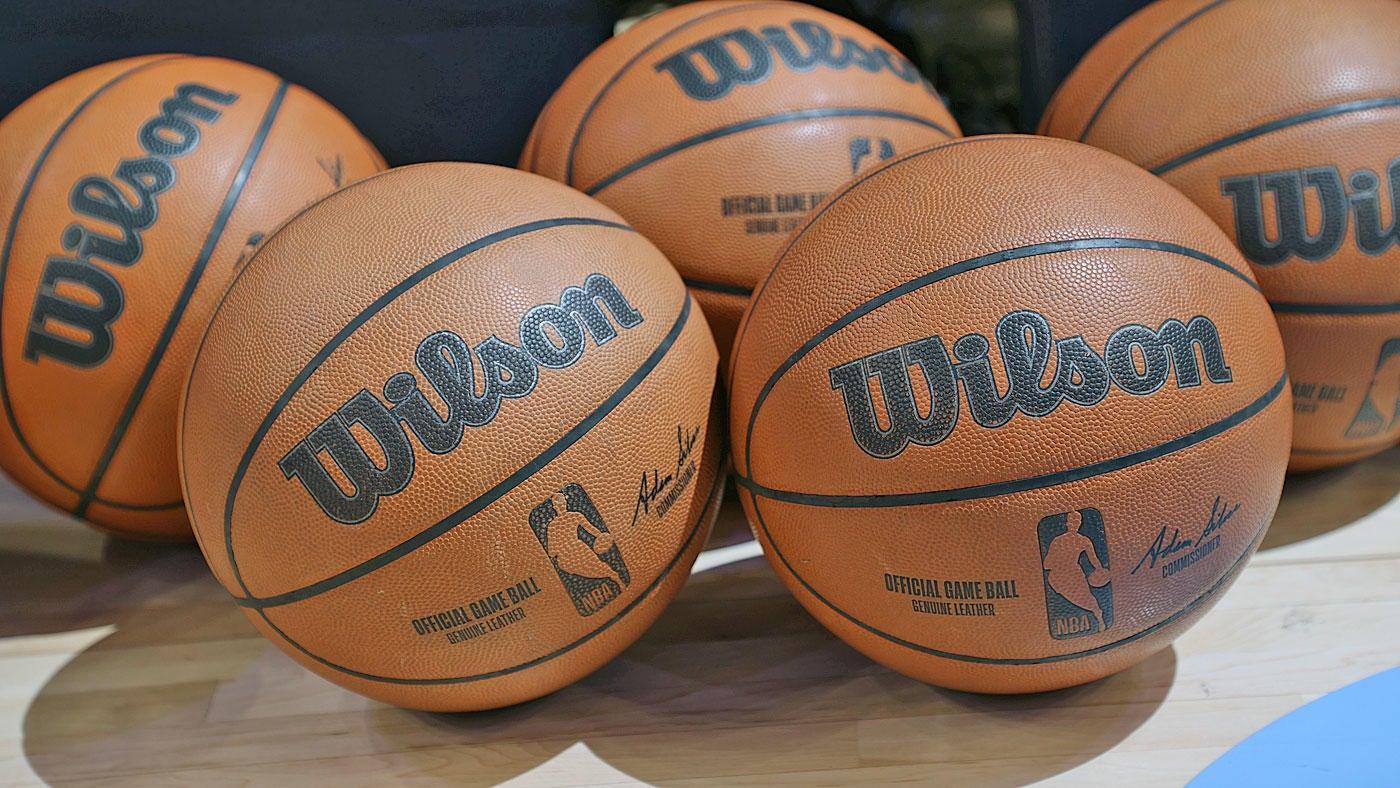After Alaska Airlines scare, experts and a parent weigh in on babies in laps mid-flight
Written by ABC Audio ALL RIGHTS RESERVED on January 14, 2024

After a close call on an Alaska Airlines flight where a door plug flew off of the Boeing 737 Max 9 jet last week, officials are advising on the safest way to travel with an infant or baby.
Jennifer Homendy, Chair of the National Transportation Safety Board, said at a press conference on Sunday, Jan. 7, that three babies were held in the laps of caregivers on the Alaska 1282 flight. While no injuries were reported to babies, she noted the NTSB and Federal Aviation Administration both recommend that children under two be placed in their own car seat or carrier.
An NTSB safety alert focused on child passenger safety on an aircraft said that while caregivers are permitted to hold babies mid-flight, that is not the safest approach to infant travel.
“The Federal Aviation Administration’s (FAA) official guidance emphasizes that the safest place for young children in turbulence or an emergency is in an approved child restraint system or device, not on an adult’s lap,” reads the alert.
A statement from the FAA offered similar advice and pointed to a webpage with specific advice for flying with children.
Sarah Nelson, International President of the Association of Flight Attendants, supported the car seat recommendation from the FAA and NTSB.
“The reality is that even the most loving mother and father cannot hang on to their child in an incident of a sudden drop in turbulence or in the situation of Alaska 1282 near a hole that’s punctured in the aircraft at that altitude or higher,” said Nelson.
Nelson said the conditions in the Alaska Airlines flight created “an explosive decompression, a massive sucking.”
“There’s no ability, even with all the love in the world, if you are near that, that you can hang on to your child.” said Nelson.
Nelson said many car-seat products for babies are stamped with FAA approval so consumers can be certain that it is a safe option for air travel.
Extreme turbulence and plane malfunctions are rare, but ABC News Aviation contributor Steve Ganyard warned that even regular turbulence can be a risk to unsecured babies.
“Oftentimes, the worst turbulence is not predicted or not able to be seen on radar so we see people getting hurt on planes with what’s called clear-air turbulence,” he said.
“Are you going to be ready to hold that child if all the sudden there is turbulence that’s so severe that it could to pop them off the ceiling or take them out of your arms?”
Ganyard recognized the financial burden of purchasing a new seat and advised caregivers looking to save money to remain vigilant and prepared while holding a baby mid flight.
Kiersten DeCook, a mother who said she has traveled both while holding her child and with an individual seat for her child, said oftentimes, it comes down to a financial decision.
“In my head it was like, why am I going to pay hundreds to possibly over $1,000 for her to be in her own seat? Whenever I can just suffer through for a few hours and save tons of money,” said DeCook, though she noted when her children grew big enough they slept better in their own individual seats.
“What happened on the Alaska Airlines flight was terrifying. And while it is super rare, it was super scary,” said DeCook.
DeCook said occasionally gate agents will allow her to take up an extra seat with a car seat free of charge, making the decision to secure her child in an individual seat easy.
DeCook noted that choosing to hold your child rather than put them in a car seat should not result in a judgment that a parent does not care about their kids safety.
“Obviously that’s not the case,” she said.
Copyright © 2024, ABC Audio. All rights reserved.
 KVSP
KVSP 




